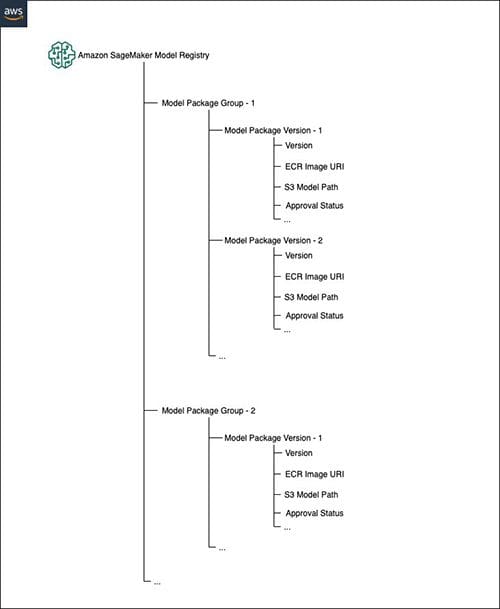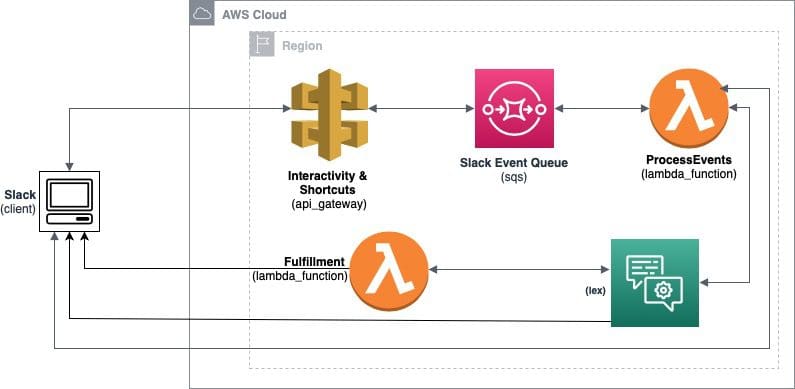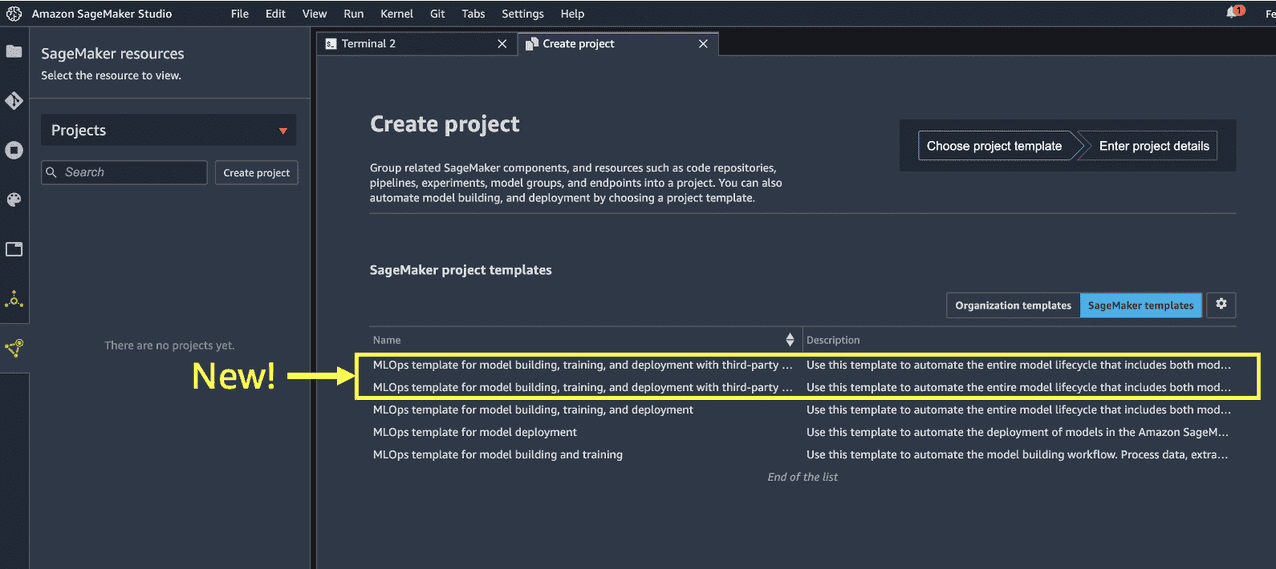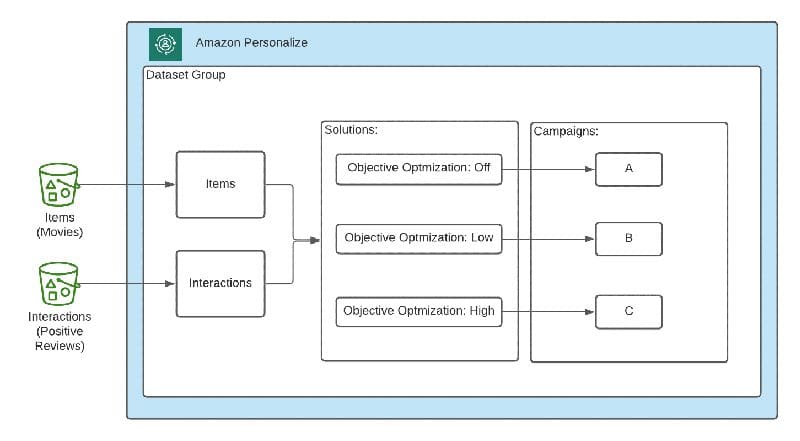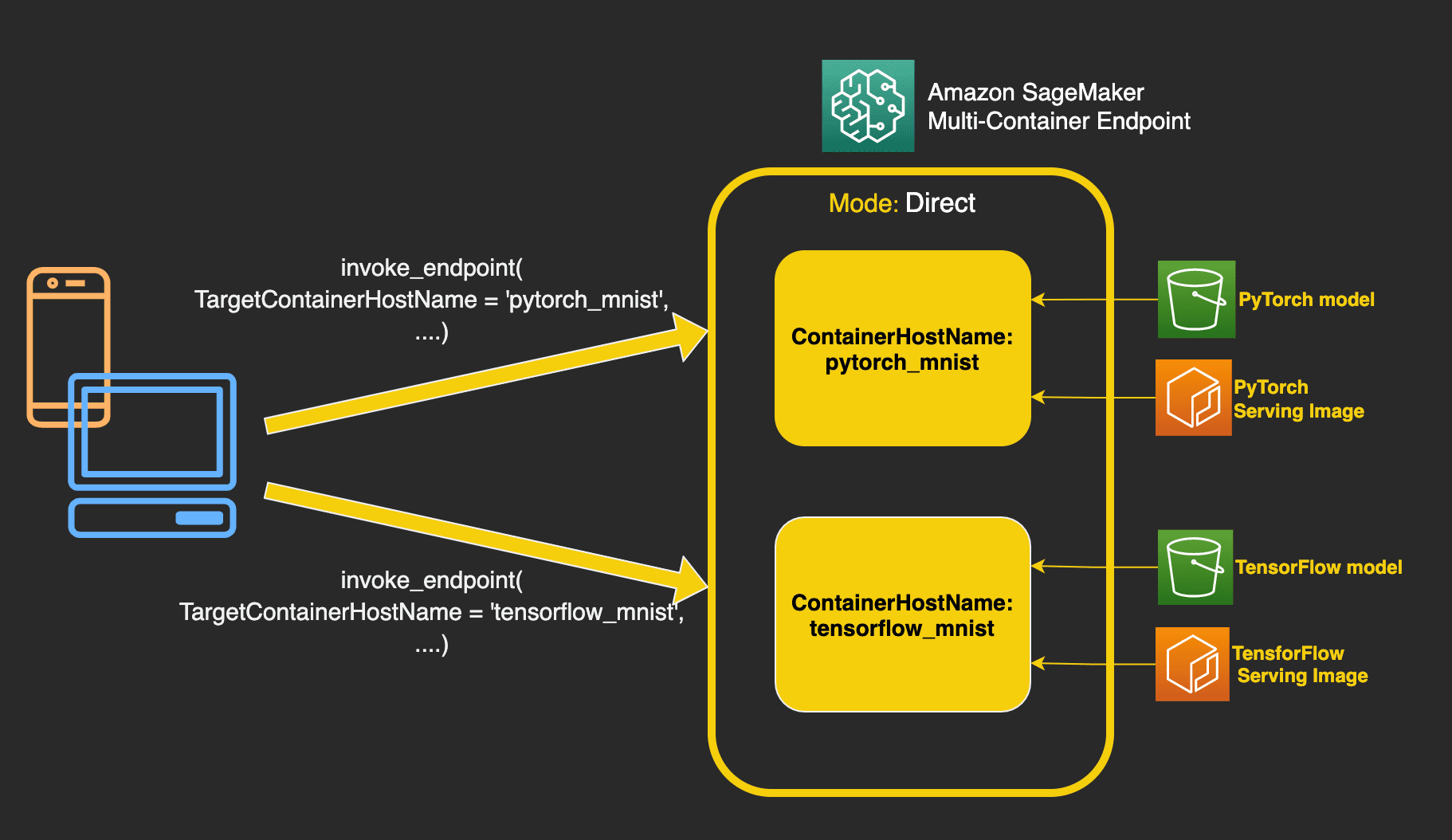Favorite Today, we’re excited to announce that Amazon SageMaker notebook instances support Amazon Linux 2. You can now choose Amazon Linux 2 for your new SageMaker notebook instance to take advantage of the latest update and support provided by Amazon Linux 2. SageMaker notebook instances are fully managed Jupyter Notebooks
Read More
 Shared by AWS Machine Learning August 19, 2021
Shared by AWS Machine Learning August 19, 2021
Favorite Amazon SageMaker notebook instances now support Amazon Linux 2, so you can now create a new Amazon SageMaker notebook instance to start developing your machine learning (ML) models with the latest updates. An obvious question is: what do I need to do to migrate my work from an existing
Read More
 Shared by AWS Machine Learning August 19, 2021
Shared by AWS Machine Learning August 19, 2021
Favorite Before the pandemic, Alicia Chang was working on a new project. “I was experimenting with non-traditional ways to help teach Googlers the AI Principles,” she says. Alicia is a technical writer on the Engineering Education team focused on designing learning experiences to help Googlers learn about our AI Principles
Read More
 Shared by Google AI Technology August 18, 2021
Shared by Google AI Technology August 18, 2021
Favorite Data science workflows have to pass multiple stages as they progress from the experimentation to production pipeline. A common approach involves separate accounts dedicated to different phases of the AI/ML workflow (experimentation, development, and production). In addition, issues related to data access control may also mandate that workflows for
Read More
 Shared by AWS Machine Learning August 18, 2021
Shared by AWS Machine Learning August 18, 2021
Favorite If you’re integrating your Amazon Lex chatbots with Slack, chances are you’ll come across Block Kit. Block Kit is a UI framework for Slack apps. Like response cards, Block Kit can help simplify interactions with your users. It offers flexibility to format your bot messages with blocks, buttons, check
Read More
 Shared by AWS Machine Learning August 18, 2021
Shared by AWS Machine Learning August 18, 2021
Favorite Launched at AWS re:Invent 2020, Amazon SageMaker Pipelines is the first purpose-built, easy-to-use continuous integration and continuous delivery (CI/CD) service for machine learning (ML). With Pipelines, you can create, automate, and manage end-to-end ML workflows at scale. You can integrate Pipelines with existing CI/CD tooling. This includes integration with
Read More
 Shared by AWS Machine Learning August 18, 2021
Shared by AWS Machine Learning August 18, 2021
Favorite Amazon Personalize now enables you to optimize personalized recommendations for a business metric of your choice, in addition to improving relevance of recommendations for your users. You can define a business metric such as revenue, profit margin, video watch time, or any other numerical attribute of your item catalog
Read More
 Shared by AWS Machine Learning August 18, 2021
Shared by AWS Machine Learning August 18, 2021
Favorite “Knowledge management is a powerful force multiplier, that creates shared understanding, and informs and enhances the decision making process… It is not a function performed by a few people in HQ; it’s part of everyone’s job” These are two of the messages from this introductory video from TRADOC, the
Read More
 Shared by Nick Milton August 18, 2021
Shared by Nick Milton August 18, 2021
Favorite As customers continue to come up with new use-cases for machine learning, data gravity is as important as ever. Where latency and network connectivity is not an issue, generating data in one location (such as a manufacturing facility) and sending it to the cloud for inference is acceptable for
Read More
 Shared by AWS Machine Learning August 17, 2021
Shared by AWS Machine Learning August 17, 2021
Favorite Amazon SageMaker is a fully managed service that enables developers and data scientists to quickly and easily build, train, and deploy machine learning (ML) models built on different frameworks. SageMaker real-time inference endpoints are fully managed and can serve predictions in real time with low latency. This post introduces
Read More
 Shared by AWS Machine Learning August 17, 2021
Shared by AWS Machine Learning August 17, 2021

![]() Shared by AWS Machine Learning August 19, 2021
Shared by AWS Machine Learning August 19, 2021


